
 By Eliza Popova
By Eliza Popova
7–2 km in the direction of Zaporizhzhia, approaching Stepnohirsk and crossing the E105 route leading to Zaporizhzhia (23 km). In the Pokrovsky direction, the enemy also shifted the front line by 1–2 km. At the same time, the Ukrainian Armed Forces achieved success, liberating part of Kucherovo Yar and repelling attacks near Dobropill. This is evidenced by the updated DeepState data, which reflects changes in the 200 km long front (currently the front line is approximately 1200 km).
According to Maxim Bakulin, the head of the information and communication service of the 14th Brigade of the operational assignment "Chervona Kalina" of the 1st corps of the Azov State University, the Russian occupying forces use tactics that can be compared to a game of chess: in order to advance, they sacrifice a significant number of personnel and equipment.
According to Bakulin, on Pokrovsky and several other directions, the enemy is actively using armored vehicles — BMP, MT-LB, APC, trying to distract the attention of Ukrainian forces and disperse their resources, in particular drones. "They distract attention, thin out our drone positions so that the number of drones flies in that direction. Whoever follows our social networks, we posted a video of the destruction of the enemy's BMP.
And if you look carefully, there were about seven drones destroying it in different places in order to simply immobilize it and burn it," the military said. The head of the information and communication service emphasizes that the artillery of the Armed Forces plays a key role, acting professionally and often performing the main work of defeating the enemy. It either complements the drones or takes on the main load.
However, changing weather conditions, particularly fog, make it difficult for both sides to operate drones. In such conditions, the enemy tries to use "convenient hours" and routes to accumulate forces and advance. This makes infantry hearing and observation critical.
Oleksandr Kovalenko, a military-political observer of the "Information Resistance" group, claims that he does not know the name of the tactics that the Russians are currently carrying out, in particular in the battles near Pokrovsk and which some call "chess tactics". As the observer noted, Russian forces are constantly conducting assault offensive actions, but since the spring of 2024, they have increasingly used the tactics of small groups — from 2 to 4 people.
This differs from previous approaches where attacks were accompanied by vehicles such as armored personnel carriers, with 10-15 man landing forces. In such cases, one FPV drone could destroy not only the car, but also a significant number of personnel: several dead, injured or contused. "Assaults are carried out with a minimum number of infantry, which forces Ukrainian forces to spend more resources on "hunting" for small groups.
One FPV drone often hits only one or two targets, while 10-15 drones may be needed to neutralize a group of 15 people. This leads to the "thinning" of Ukrainian positions and the exhaustion of the drone component used by the occupiers," he emphasizes Kovalenko. The expert adds that this evolution of tactics was predictable: as early as 2024, they warned about the mass use of infantry by the Russians.
Therefore, the Ukrainian defense should move from classic schemes of countering mechanized convoys, as in 2022-2024, to hyper-reinforced anti-personnel defense. In particular, Kovalenko advises massive deployment of anti-personnel barricades, primarily barbed wire of the Yegoza type, along the contact line, which should be used to cover fields, forest strips, and other areas. In addition, according to the reviewer, it is worth optimizing FPV drones.
Instead of unitary strikes, use warheads with volume-detonating effect or fragmentation elements. A detonation at a height of 5 meters creates a cloud of debris that affects the entire group at once - 5-7 people, putting them out of combat due to wounds or contusions, even if not all die. Kovalenko emphasizes that where such measures are implemented, Russians have less success in promotion.
On the other hand, the absence of barriers makes it easier for the occupiers to penetrate deep into Ukrainian territory. In general, this situation requires a comprehensive approach: combining drones with traditional anti-personnel means to effectively deter infantry assaults.
We will remind you that on October 20, 2025, the Russian occupying forces launched a large-scale mechanized assault in the Orihiv direction, concentrating their efforts in the areas of Shcherbaki, Novodanilivka, Nesteryanka, and Malaya Tokmachka. As Focus explains, the activation of the enemy on this flank has strategic reasons and carries serious risks for Ukraine on the eve of the winter period.


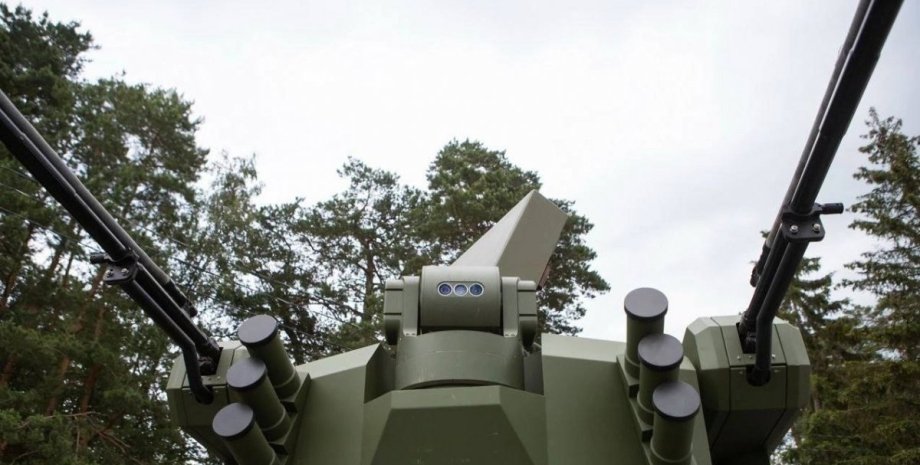
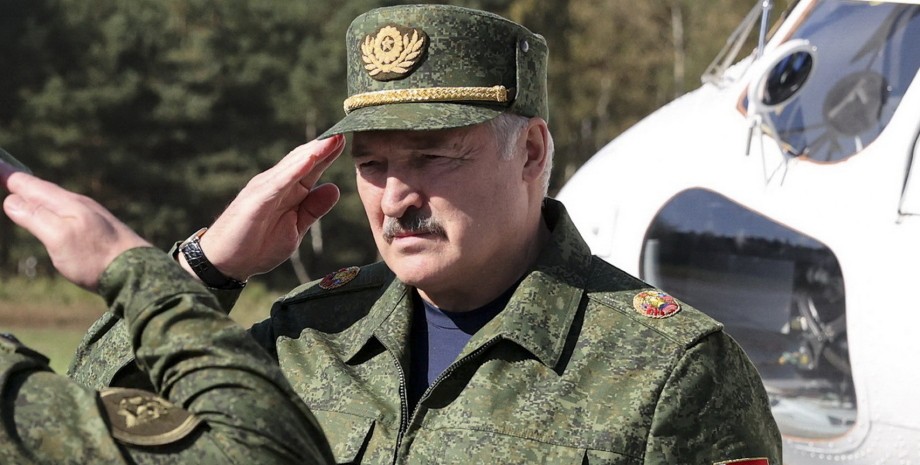
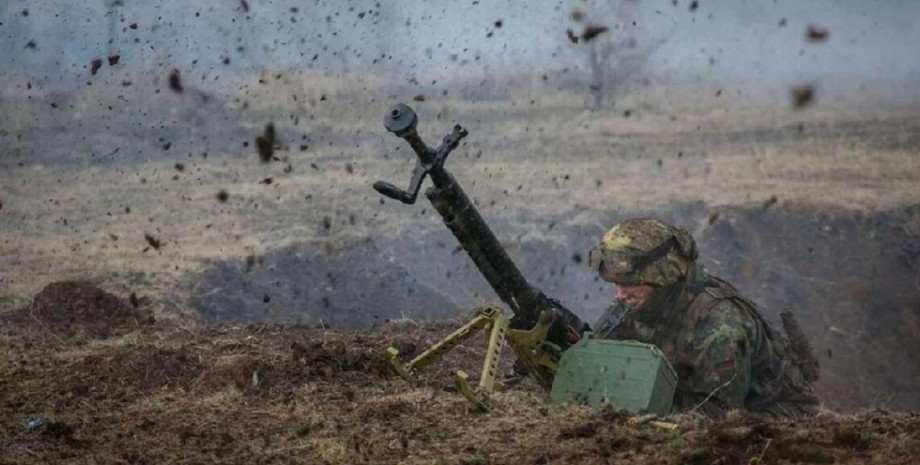

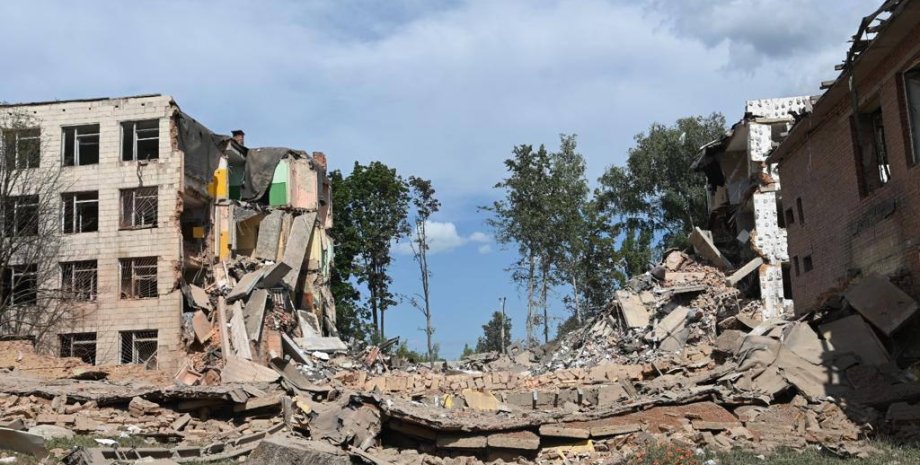
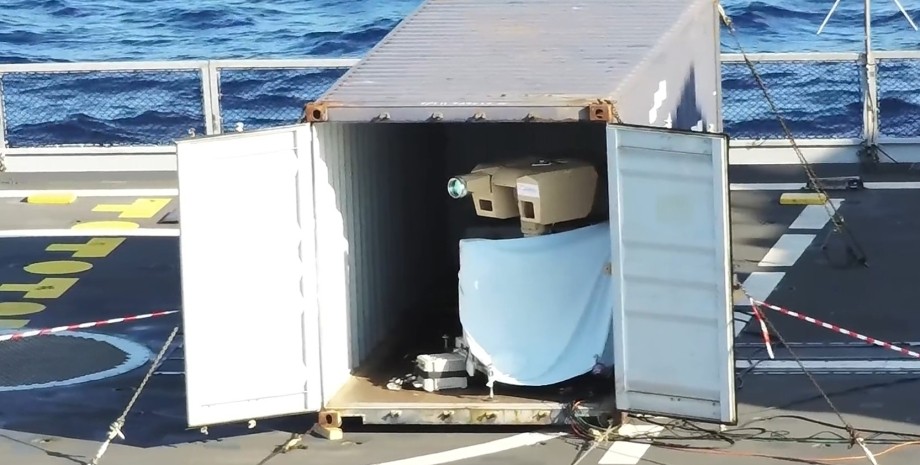
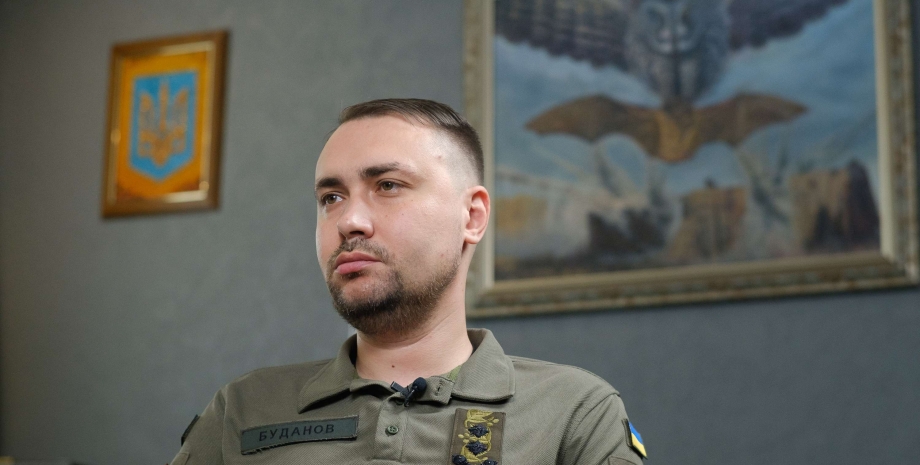
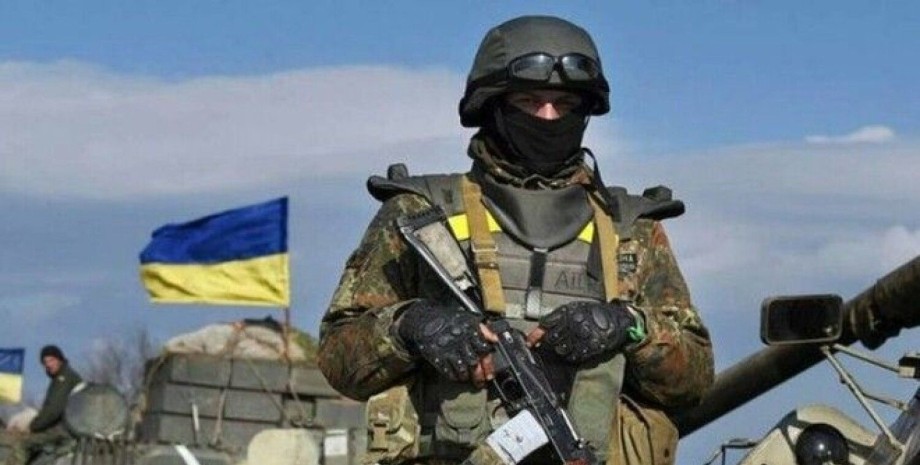
All rights reserved IN-Ukraine.info - 2022